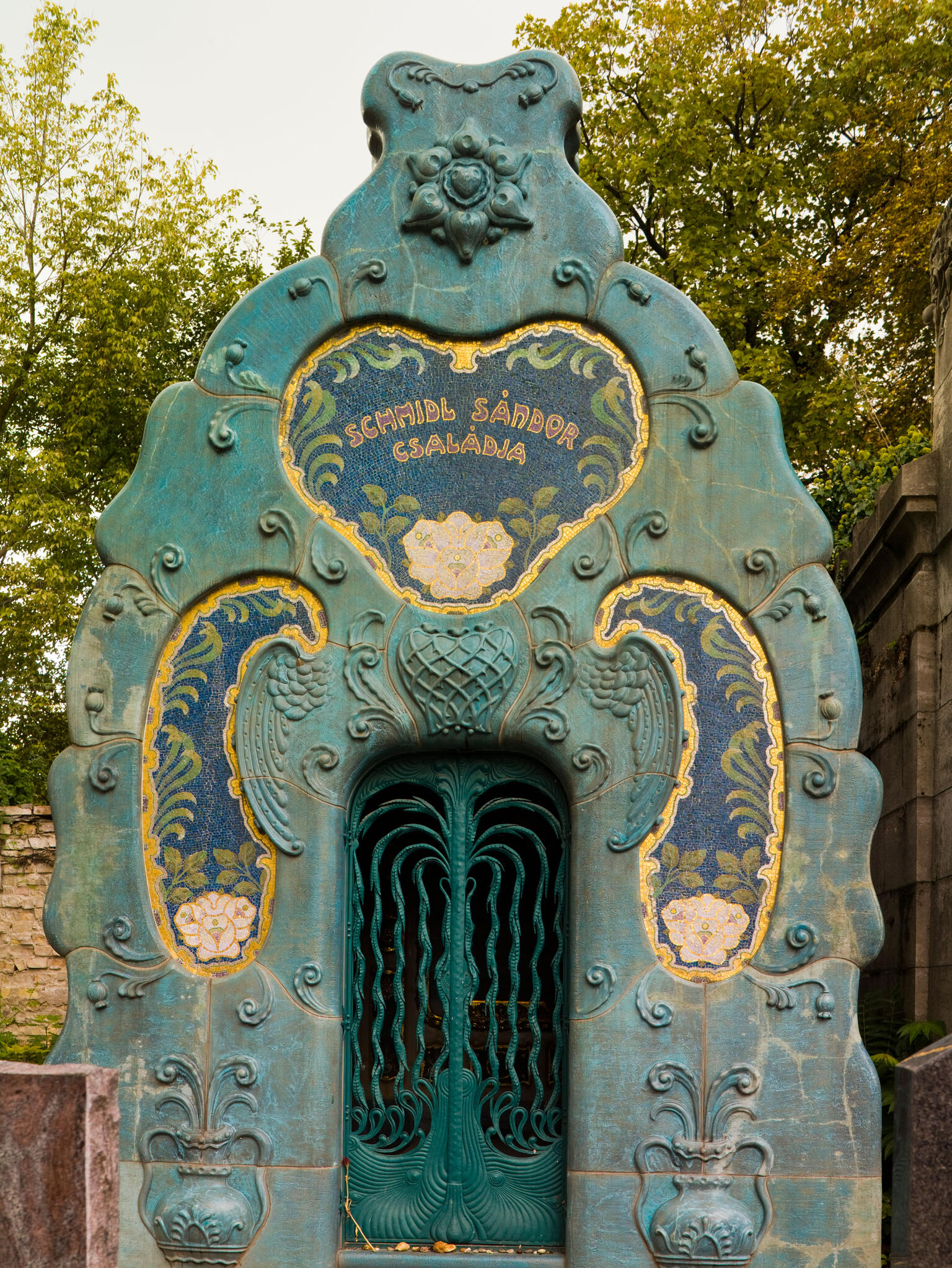Sandor Schmidl Mausoleum (Budapest)
Béla Latja
1903
The elaborate art-nouveau tomb of the wealthy Schmidl family in the Rákoskeresztúr Jewish cemetery in Budapest is made of ceramic tile made by the Zsolnay factory, famous for its art-nouveau ceramics. It is one of thirty-five mausoleums and memorials designed by Béla Latja and one of several tombs he designed for elite Hungarian Jewish families. The brilliant blue color of this tomb makes it particularly eye-catching. There is no specifically Jewish decoration on it; its dominant decorative motif is floral.
Credits
Published in: The Posen Library of Jewish Culture and Civilization, vol. 7.
You may also like
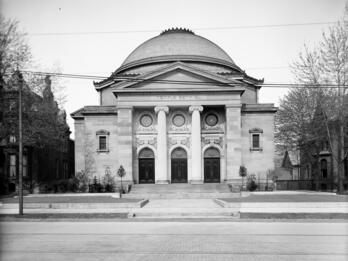
Temple Beth El (Detroit)
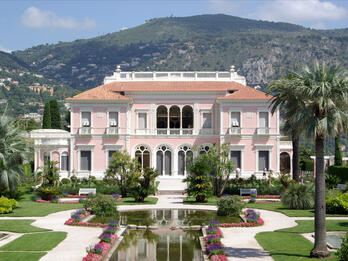
Villa Ephrussi de Rothschild
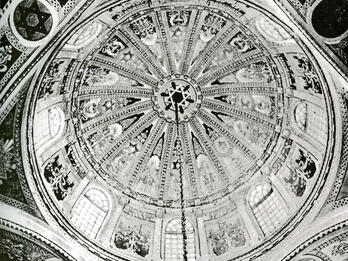
Sha‘ar Hashamayim Synagogue Dome
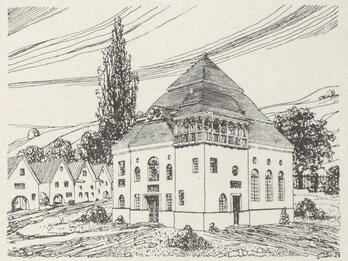
Synagogue of the Old Cemetery of Lemberg (L'viv) (Reconstruction)
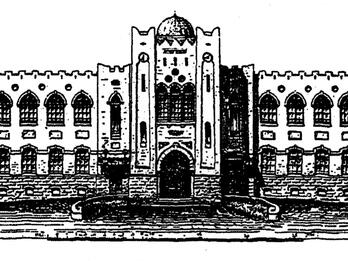
Herzliya Hebrew Gymnasium
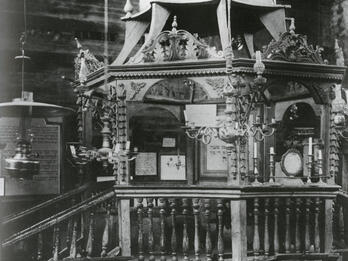
The Bimah at the Wooden Synagogue, Kamionka Strumiłowa
Creator Bio
Béla Latja
Born Béla Leitersdorfer in Budapest-Óbuda to a middle-class family, Béla Latja graduated from the architecture faculty of Budapest Technical University in 1895. He worked for Alfred Messel in Berlin and Ödön Lechner in Budapest while studying historical architecture throughout Western Europe and North Africa. After completing the floridly “Hungarian Secession”–style Schmidl Mausoleum (1904, with Lechner), Latja worked on other Hungarian Secession projects in Budapest, such as the Education Institute for the Blind (1905–1908). These are recognized as precursors to the international progressivist style of the A Fiatalok (The Young Ones) movement, which strove for a uniquely Hungarian style in the arts and architecture by fusing vernacular Finnish, Hungarian, Transylvanian, Egyptian, and other regional motifs.
Places:
You may also like

Temple Beth El (Detroit)

Villa Ephrussi de Rothschild

Sha‘ar Hashamayim Synagogue Dome

Synagogue of the Old Cemetery of Lemberg (L'viv) (Reconstruction)

Herzliya Hebrew Gymnasium



